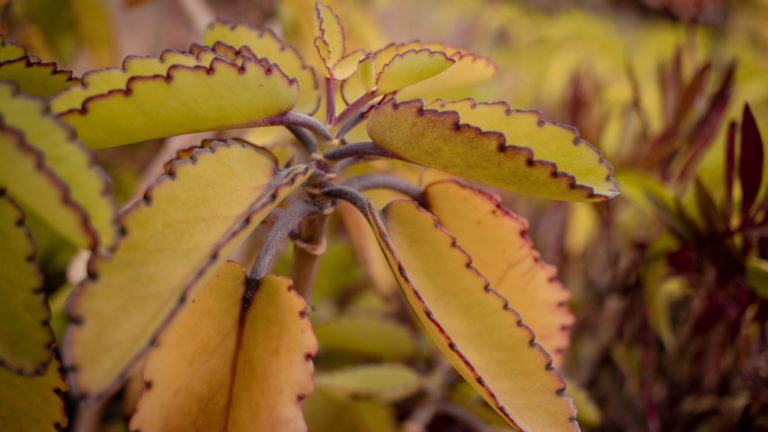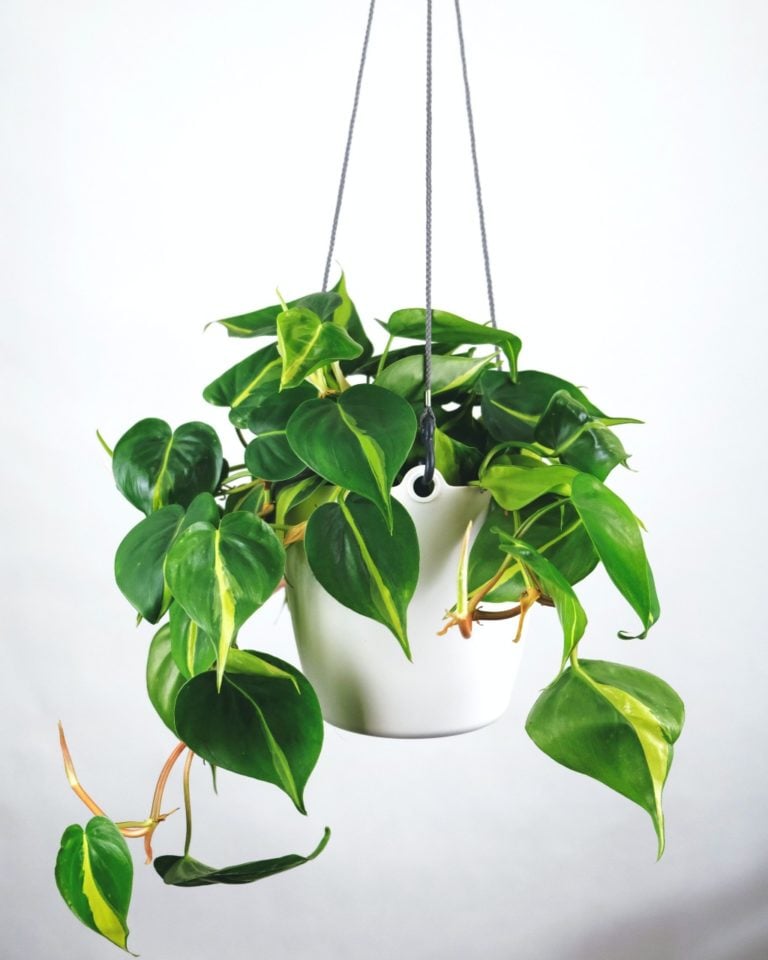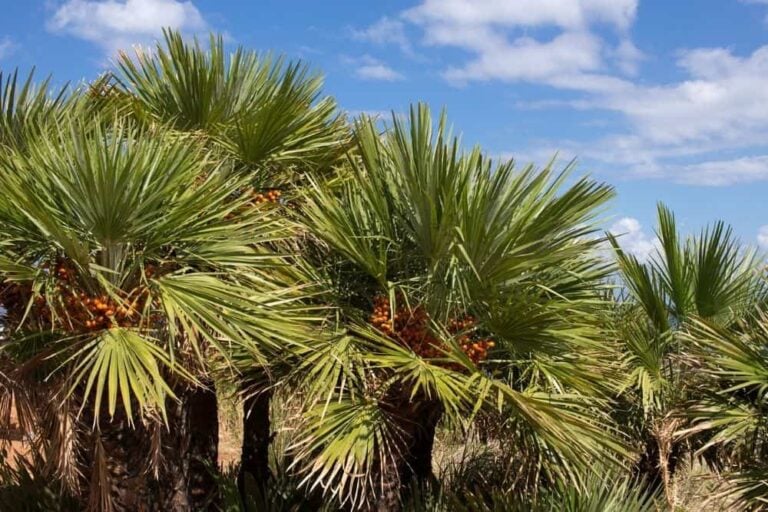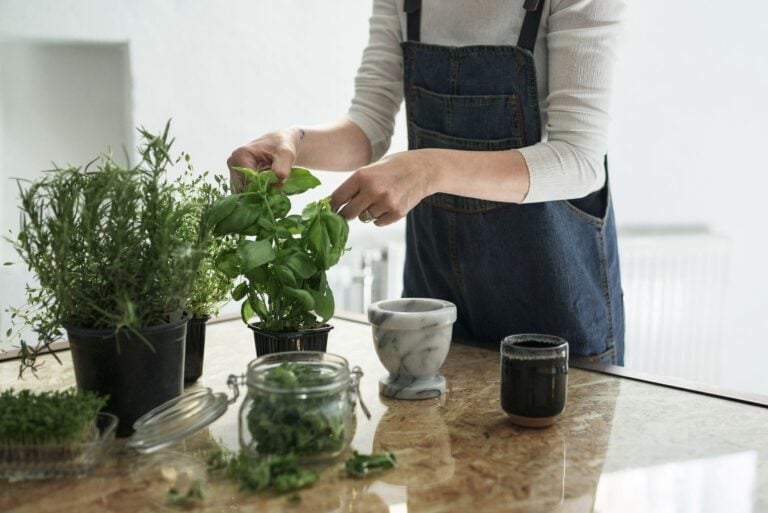Quick Guide to Tillandsia Caput Medusae Care
The Tillandsia Caput Medusae is an amazing plant for several reasons. It has interesting story. It is an outstanding example of evolution and adaptation. And it is a stunning tropical plant in its own right. It is also a low-maintenance plant. What more can you ask? We can promise you that it’s the most unusual you’ll ever own. Continue reading to learn more about this fascinating plant.
What Is the Tillandsia Caput Medusae?
The Tillandsia Caput Medusae is part of the Bromeliaceae Family also known simply as bromeliads. You’ll recognize some members of this group including pineapple and Spanish moss. It’s also known as the octopus plant or the Medusa plant which is reflected in its scientific name because of its wild crown of leaves. Therein lies its charm.
If you can say anything about the Tillandsia Caput Medusae is that it’s certainly a conversation starter. The name alone is enough to spill a few tales about Greek mythology. Everything about this plant breaks the mold for growing houseplants from the way you keep it to its care. While you may think it needs a lot of TLC, it is a low-maintenance plant.
Planting the Tillandsia Caput Medusae
Growing the Tillandsia Caput Medusae is unlike any other plant you’ll likely have in your home. It is not one that you simply plant in a pot of soil and watch it grow. The air rather than the soil is its source of nutrients. It is part of a group known as air plants. In its native Central America and Mexico, it grows by anchoring itself to trees or other structures.
Growing them indoors means providing a similar type of support. It’s an opportunity to be creative and use the Tillandsia Caput Medusae as a decorative element. You’ll need to use something that is both sturdy and waterproof since you’ll need to mist it frequently. Take that bit of care into account when you select a place for it too. You can place this plant anywhere.
Light and Temperature
The best place to grow the Tillandsia Caput Medusae is indoors rather than outside to best replicate its native environment. It prefers bright light that can be direct or indirect. Direct light, however, is not the best choice as it can scorch its leaves. As you may expect with a rainforest plant, it likes it warm. It’s an excellent choice for that warmer room in your home.
Moisture
The base of the plant is a structure that looks like a pseudo-bulb. Its leaves will grow outward from it. The plant gets its water and nutrients from the air just as it would in the wild. You’ll replicate this scenario with frequent misting, depending on the relative humidity of your room. Once a day may be sufficient. During the cooler months, you can mist less frequently.
You can help ensure that the humidity is in its comfort zone by planting it around other houseplants to replicate its native habitat. You can also create a mini rainforest environment with a shallow pan of water placed near your plants. Make sure and fill it with fresh water regularly.
This video from the University of Wyoming Extension discusses the care of air plants and bromeliads.
If you can do it, you might also consider dunking the plant in filtered water every few weeks, again, depending on the relative humidity of its living space. With enough light and moisture, the Tillandsia Caput Medusae will look its most vibrant. Notice that we said dunking and not soaking. You’ll want to avoid oversaturating its bulb to prevent it from rotting.
Fertilizing
Some plants can fix nitrogen from the air. That means they can convert it into a form that they can use. Like other plants, the Tillandsia Caput Medusae absorbs water and nutrients through its leaves. This plant has special structures called trichomes that are the business end of this process. They are the things that give the plant’s leaves its fuzzy look.
These extra hair make gas exchange more efficient by increasing the amount of surface area on the leaves. Instead of a flat surface, it adds grooves and spaces to create more area where it can occur. On its own, it’s a fascinating lesson on how plants evolved to best adapt to challenging conditions like a rainforest.
To ensure your plant has enough of what it needs, you should add a weak fertilizer solution as part of your misting routine. You should plan on doing this once or twice a month during the warmer months to fuel its growth. You can cut back on the fertilizing during the cooler months especially if the light levels change with the seasons. Growth will likely slow during this time.
Fitting In
The Tillandsia Caput Medusae is probably in fitting in because it is an air plant. You give it what it needs, and you’ll get a delightful plant that will flourish with enough light. You can also propagate additional plants any time of the year from its offsets or cuttings. All you need to do is give each new one its own space, and you’re set.
Special Care Instructions
If you live in a northern region, you’ll need to take some special care during the winter months. If your home is drier, you’ll need to compensate those conditions with some of the suggestions we mentioned previously for moisture needs. Also, 55 degrees Fahrenheit is on the edge of its optimal low temperature. If possible, make sure the room stays this warm during the winter.
If you give the Tillandsia Caput Medusae the moisture and light it needs, it’ll reward you with a plant with unusual foliage and striking flowers—and some good stories. You can grow this rainforest plant anywhere that can meet these basic criteria. We can’t think of a better or easier way to add an exotic feel to a room.
Photo by James Steakley (Own work) licensed under CC by SA-3.0 via Wikimedia Commons.
Read Also: Dragon Tree care




